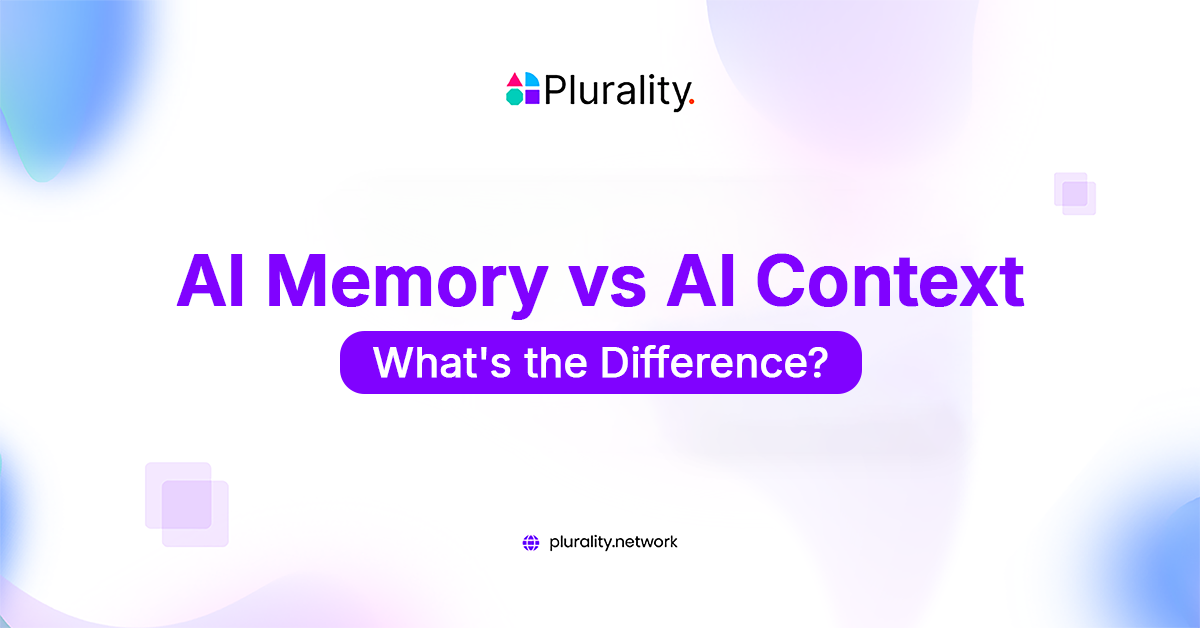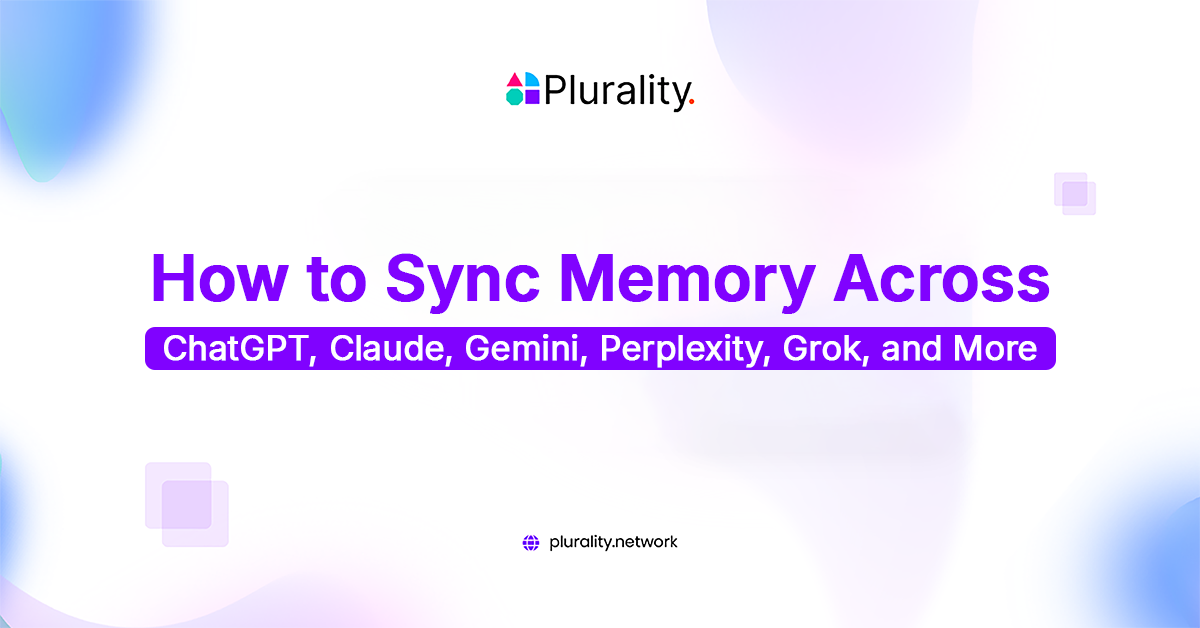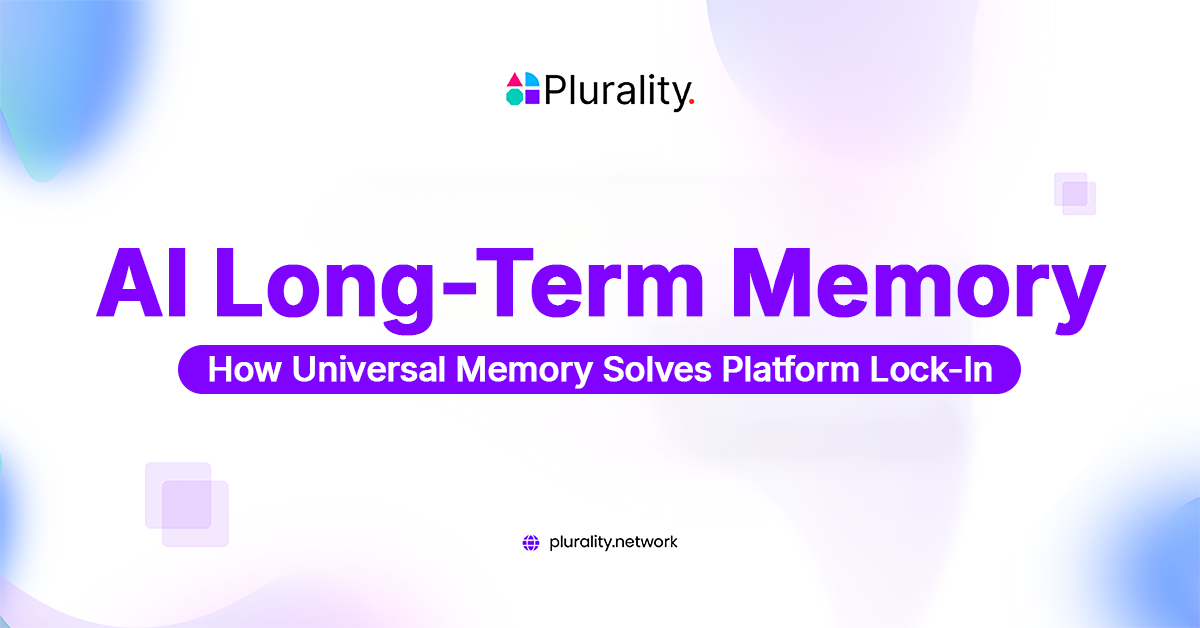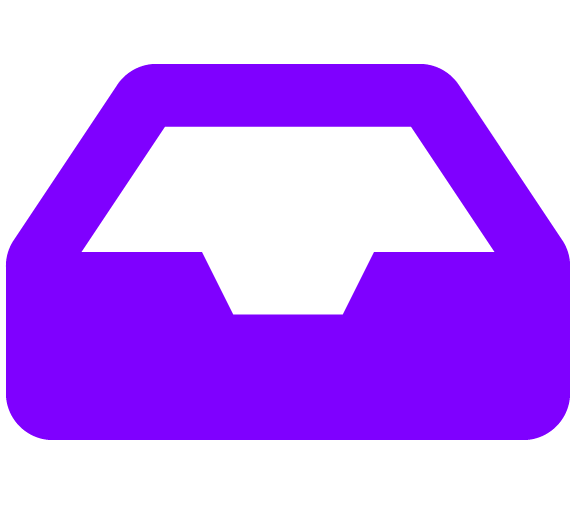5 Web3 UX Challenges: The Role of Chain Abstraction in Simplifying Blockchain
By Alev • October 29, 2024
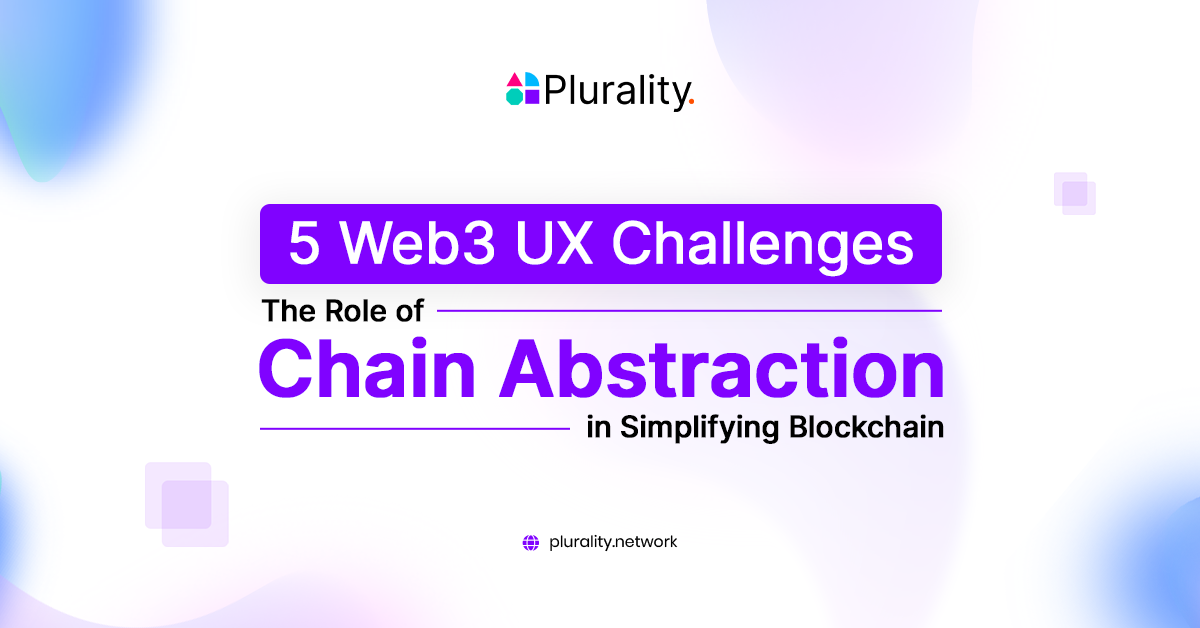
The evolving blockchain landscape brings both opportunities and challenges. Managing so many accounts, carrying out cross-chain interactions, and handling complex transactions can frustrate users. The bigger problem is that users will never fully engage with Web3’s potential in this fragmented environment.
Why is interacting with different blockchains so complicated? Technical hurdles, transferring tokens, managing gas fees – a steep learning curve! The feeling of being lost in this decentralized technology hinders the mainstream adoption of Web3.
Every problem has a solution; in this case, chain abstraction appears to be one. Users can transfer assets and access applications seamlessly by masking the complexities of wallets, tokens, and networks. This approach transforms the user experience, making Web3 more intuitive and accessible to everyone, regardless of their technical background.
Chain Abstraction as a Key to Simplifying User Experience
Chain abstraction is a game-changer that enhances the user experience in Web3. It smooths out the complexities developers face when juggling multiple blockchains. Instead of forcing users to navigate different wallets, tokens, and intricate details, chain abstraction offers a unified interface. This means users can manage their assets and execute transactions effortlessly, making decentralized applications (dApps) more accessible and engaging.
One of the standout features of chain abstraction is its ability to streamline cross-chain transactions. Developers know the frustration of users juggling multiple wallets and gas tokens. Chain abstraction sweeps those hurdles aside, allowing users to send and receive assets across blockchains without plunging into the technical weeds. This simplifies the end-user experience, ultimately helping developers opt for more intuitive interactions in their dApps.
In short, chain abstraction empowers users and developers by creating a more seamless experience. By hiding the technical complexities, it encourages broader engagement with decentralized platforms. As developers adopt and implement chain abstraction in their projects, we move closer to a Web3 landscape that’s user-friendly and ready for mass adoption, unlocking the full potential of decentralized technology for everyone involved.
5 Major UX Challenges Chain Abstraction Can Fix
Users face several UX challenges on Web 3 that make it hard to get started. These issues can be frustrating, from juggling multiple wallets to dealing with fragmented chains. Chain abstraction can help solve these problems, creating a more straightforward and user-friendly experience. Here are five major challenges that chain abstraction can fix.
1. Wallet Abstraction: Simplifying Access to Your Digital Assets
The Problem: For many Web3 users, managing multiple wallets with separate keys and recovery phrases is a big challenge. Imagine a user with three wallets: one for Ethereum, one for Binance Smart Chain, and one for Polygon. Chances are that they have a different seed phrase or password for each of these wallets that they need to protect at all costs. Imagine the mental load on the user. The biggest challenge is remembering all the keys and passwords to all these wallets.
The Solution: Wallet abstraction solves this by letting users sign up in one go, such as with Plurality’s Smart Profile—no more keys, recovery phrases, or multiple wallets. They don’t even know a wallet is running in the background, allowing them to focus on what they’re doing rather than how it’s done. This makes Web3 much simpler, safer, and easier for everyone.
2. Gas Abstraction: Simplifying Transaction Fees
The Problem: Users are required to hold native tokens of the blockchain network, like ETH on Ethereum, to pay for gas fees regardless of using another token for the transaction. Imagine a user wanting to purchase an NFT with a stablecoin but lacking any ETH for gas fees; their transaction will fail. This scenario often leads to frustrating moments where users can’t complete straightforward transactions because they have to juggle multiple tokens, causing unnecessary complications and delays.
The Solution: Gas abstraction eliminates the need to hold native tokens for transaction fees, allowing users to complete transactions seamlessly. Abstracting chains, Plurality Network can make gas fee management a background process. This way, users will worry less about choosing the right tokens or failed transactions. Ultimately, it lets them interact with dApps more freely and focus on what matters.
3. Chain Abstraction: Seamless Cross-Chain Interactions
The Problem: Navigating different blockchains often forces users to bridge assets, switch networks, and deal with various protocols. For instance, a user wishing to transfer tokens from Ethereum to Binance Smart Chain has to go through several steps, including finding the right bridge and managing the switching process. This fragmentation complicates transactions and disrupts the overall user experience, leading to confusion and frustration.
The Solution: Chain abstraction by Plurality Network simplifies this process, allowing users to interact seamlessly across chains without manually switching networks or bridge assets. This unified experience makes moving assets between chains as easy as using a single platform, effectively removing a significant barrier to Web3 adoption. Users can effortlessly transact across different chains, enhancing their engagement with the decentralized ecosystem.
4. Fragmented Liquidity: Converging Assets Across Chains
The Problem: Liquidity is often scattered across multiple blockchains, creating challenges for users accessing their assets. For example, users may face costly transfers and complicated processes if they want to utilize their Ethereum-based assets on a different chain like Solana. This fragmentation can deter users from moving their assets when needed, leading to inefficiencies and missed opportunities.
The Solution: Plurality Network’s approach to liquidity abstraction unifies asset access across chains, eliminating the need for manual transfers. Users can interact with their assets wherever they are, streamlining the process and making it more accessible. Plurality Network empowers users to manage their resources effectively by simplifying liquidity access without the stress of navigating multiple platforms.
5. Data Fragmentation: A Unified Data Layer
The Problem: Layer on layer, there is a new layer of complexity. When dealing with multiple chains on Web3, the data, including user identities, assets, transaction histories, and details, often gets scattered. For instance, a user might have their transaction history on Ethereum, their identity verification on another chain, and their asset holdings on yet another. This inconsistency can lead to confusion and make it difficult for users to manage their digital lives.
The Solution: Data abstraction consolidates this information into a single, accessible layer. With Plurality Network, users can manage their identities, assets, and activity history across multiple chains in one place. This unified data approach simplifies the user experience, allowing individuals to navigate the Web3 landscape easily and clearly—no more fragmented information, just a smooth and cohesive interaction with their digital identities.
Why Chain Abstraction Matters?
Chain abstraction is what makes Web3 more accessible to everyone. Plurality Network simplifies complex issues like wallets, gas fees, cross-chain transactions, liquidity, and data into a user-friendly experience. This shift takes the heavy technical side of blockchain and turns it into a smoother interface, where new users can easily explore Web3 without the stress of complicated terms or processes.
In traditional blockchain, users need to learn and understand a lot. Managing multiple wallets, keeping tokens for gas fees, switching networks, and dealing with unique protocols on each chain is challenging. Plurality Network’s approach clears this confusion by covering these details in the background. This lets users focus on what they want to do—like buying an NFT, using dApps, or moving assets—without getting bogged down by tech hurdles.
The idea behind chain abstraction is to make Web3 as easy to use as the regular Internet. Smart Profiles with abstracted chains and wallets reduce entry barriers. With fewer technical difficulties, people are more likely to explore and adopt Web3, allowing anyone to join in, enjoy true ownership, and experience the benefits of a decentralized future.
Conclusion
As Web3 continues to evolve, solutions that prioritize user experience, like Plurality Network, are vital for fostering adoption and streamlining the user journey. By abstracting wallets, gas fees, chains, liquidity, and data management, Web3 is becoming as intuitive as the internet we use daily. We envision a future where engaging with decentralized technologies is second nature, allowing everyone to experience the true ownership and freedom that decentralization promises.
